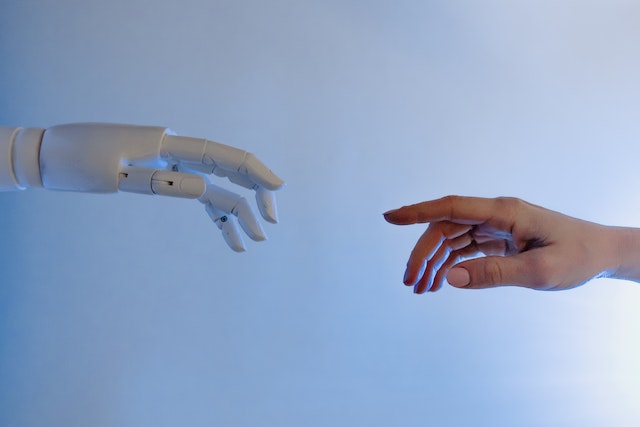ChatGpt is an artificial intelligence (AI) model that uses natural language processing (NLP) to generate human-like responses to text-based conversations. Developed by OpenAI, ChatGpt is one of the most advanced AI models available today and has been used to power a range of applications, including virtual assistants, customer service chatbots, and language translation tools.
At its core, ChatGpt is a deep learning model that is trained on vast amounts of text data to develop an understanding of language patterns and semantic relationships. The model is based on a class of algorithms known as generative language models, which are designed to predict the likelihood of a given sequence of words based on the probability distribution of words in the training data.
To train ChatGpt, OpenAI uses a process called unsupervised learning, which involves feeding the model vast amounts of text data without providing explicit labels or categories. This allows the model to learn the underlying structure of language and develop an intuitive sense of how words and phrases relate to each other.
One of the key innovations of ChatGpt is its use of a transformer-based architecture, which was first introduced in a seminal paper by Google researchers in 2017. The transformer architecture is designed to overcome some of the limitations of traditional recurrent neural networks (RNNs), which are commonly used in NLP applications.
Unlike RNNs, which process text sequentially and can suffer from vanishing gradients and long-term dependencies, transformers operate in parallel and can handle much longer sequences of text. This allows ChatGpt to capture more complex linguistic patterns and generate more coherent and contextually appropriate responses.

Another important aspect of ChatGpt is its use of self-supervised learning, which involves training the model to predict missing words in a sentence based on the surrounding context. This task, known as masked language modeling, helps the model develop a deeper understanding of syntax and grammar and allows it to generate more grammatically correct responses.
In addition to masked language modeling, ChatGpt also uses a task known as next-sentence prediction, which involves training the model to predict the likelihood of a given sentence following another sentence. This task helps the model develop an understanding of the broader context of a conversation and allows it to generate more coherent and contextually appropriate responses.
To generate responses to user inputs, ChatGpt uses a technique known as beam search, which involves selecting the most likely sequence of words based on a probability distribution generated by the model. The beam search algorithm allows ChatGpt to generate multiple potential responses and select the one that is most likely to be contextually appropriate.
One of the challenges of ChatGpt is its potential to generate inappropriate or harmful responses, especially when it is trained on biased or offensive language data. To address this issue, OpenAI has implemented a range of safeguards, including filtering out certain types of offensive language and using human moderators to review and approve responses generated by the model.
Overall, ChatGpt is a powerful and sophisticated AI model that represents a significant breakthrough in the field of natural language processing. Its ability to generate human-like responses to text-based conversations has the potential to revolutionize a wide range of applications, from customer service chatbots to virtual assistants and language translation tools. With ongoing development and refinement, ChatGpt is likely to become even more capable and versatile in the years ahead.
Comment below and do let me know your thoughts about this.
